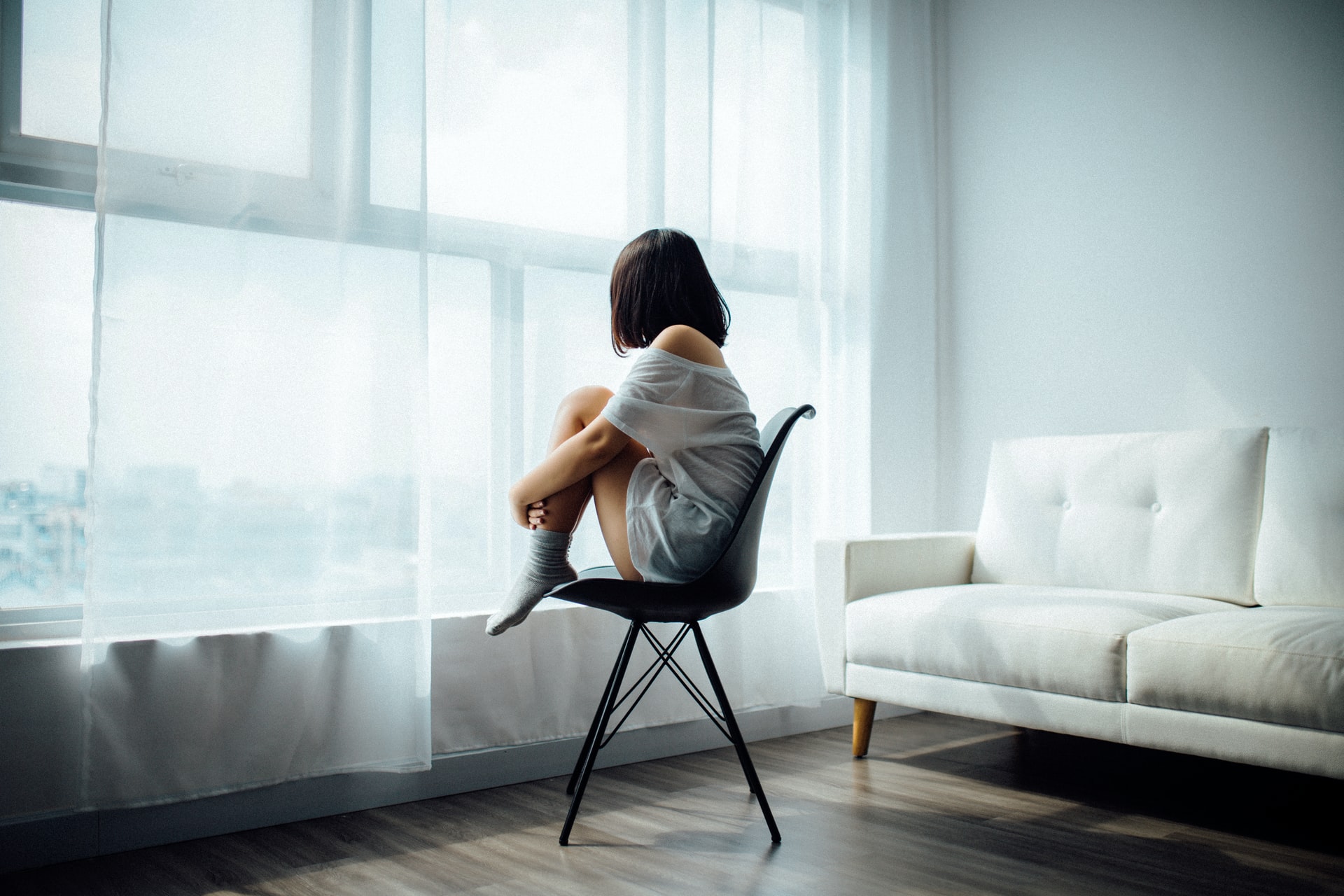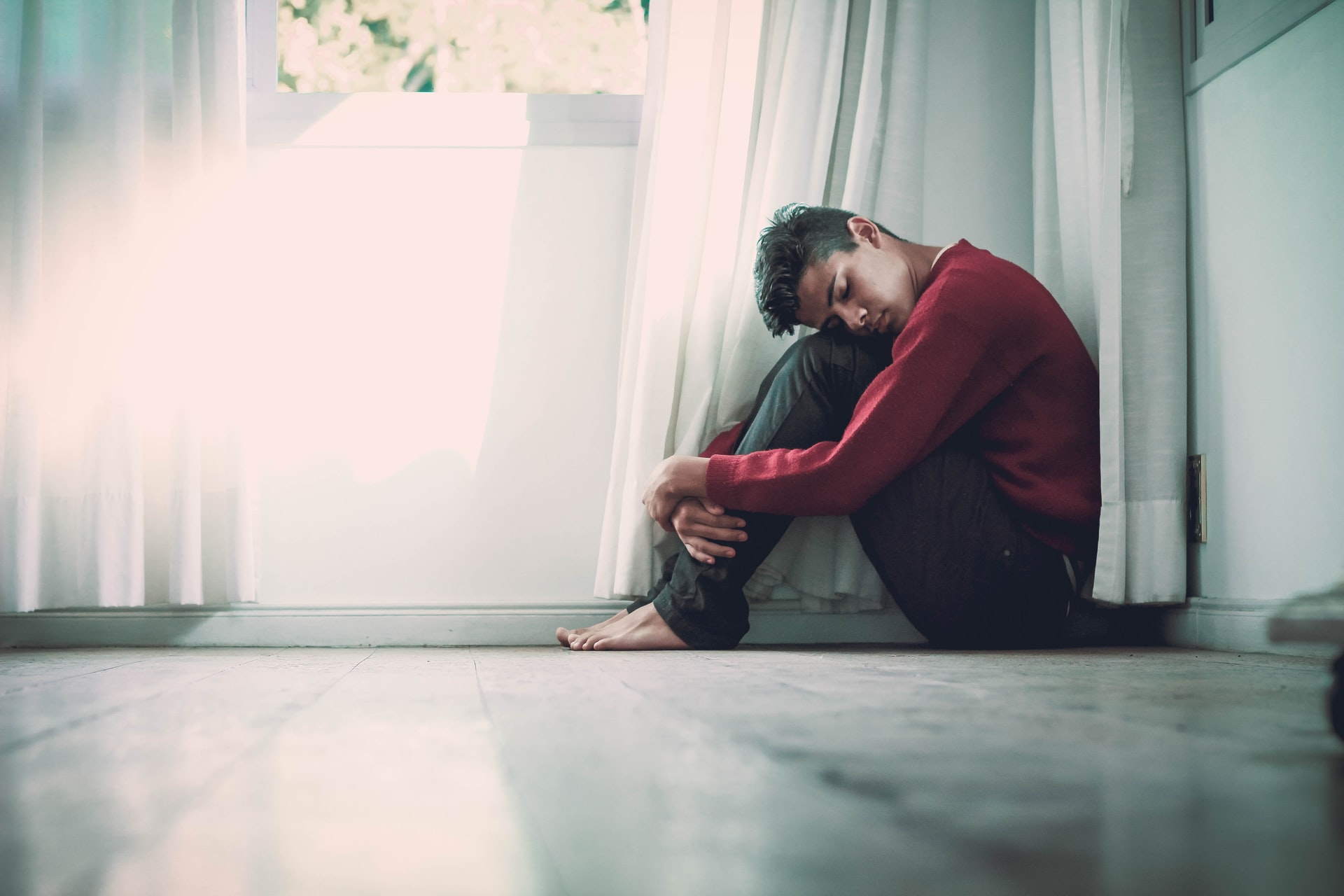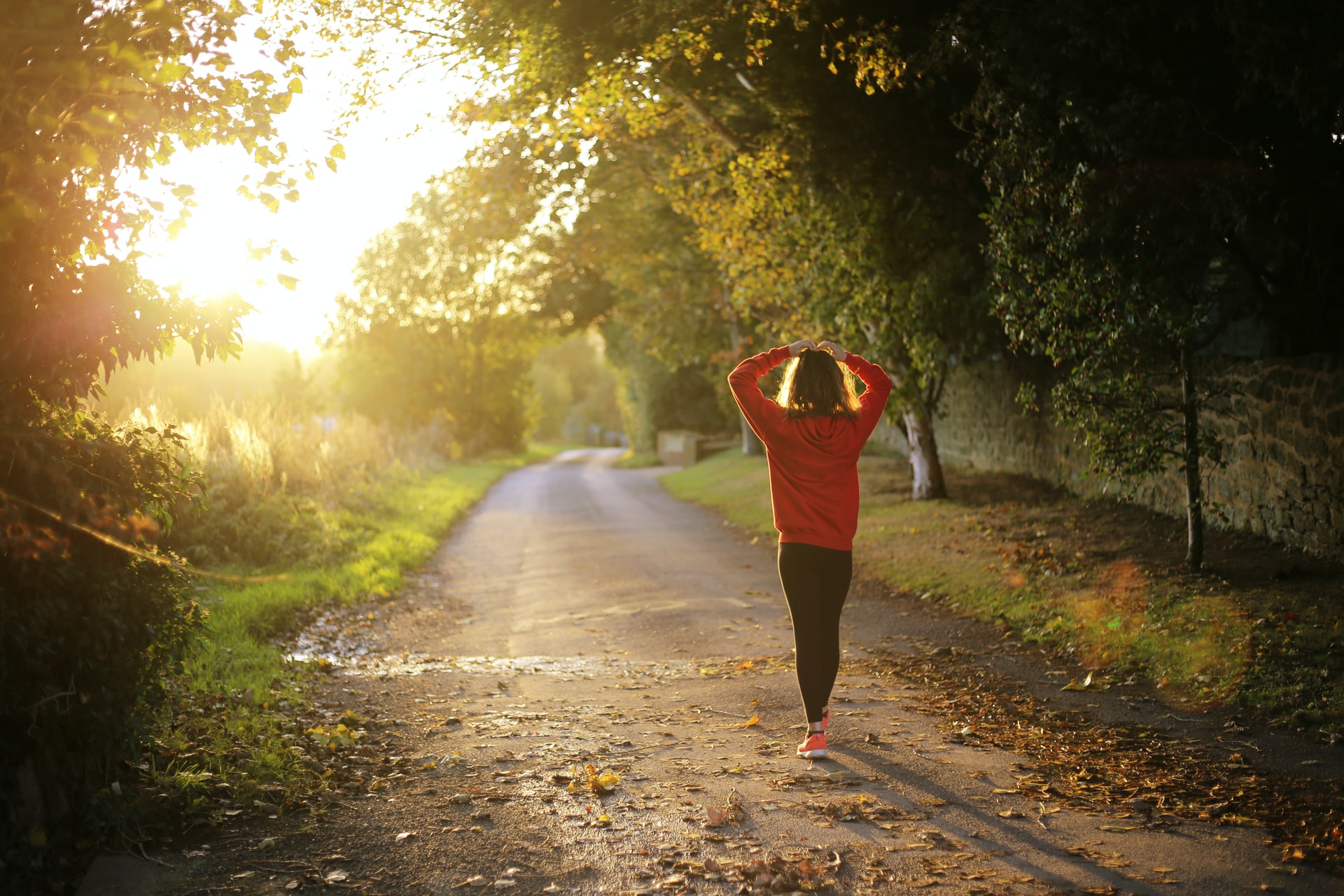You’ve probably read the title of this piece and thought “but why should we care about SAD now? It’s summer!” In a way, your question is apt. Seasonal Affective Disorder is mainly associated with the long, dark, brutal winters of Scandinavia and Europe. Mercifully, Beijing’s winter, though bitter at times, is still quite bright and one might think you’re less likely to have SAD in a brighter winter such as ours.
But what if I told you that you and your children were just as likely to be hit by a bout of SAD in summer as in winter? Reverse Seasonal Affective Disorder (SAD), though not as well-known as its winter-induced counterpart, is a very real condition that is getting increasing attention from mental health professionals the world over.
Elly Wong, a mental health psychologist at Oasis International Hospital, about SAD, its causes, effective treatments, and what to watch out for when it comes to reverse SAD.

“Light therapy alone may not be enough to relieve the seasonal depression”
What is Seasonal Affective Disorder, or SAD?
Seasonal Affective Disorder (SAD) has actually been renamed as Major Depressive Disorder with Seasonal Pattern according to the latest Diagnostic and Statistical Manual of Mental Disorders or DSM V. It is depression with a seasonal pattern that begins and ends during a specific season every year (with full remittance during other seasons) for at least two years and having more seasons of depression than seasons without depression over a lifetime. Seasonal pattern disorders occur most frequently in winter although they can also occur in summer.
What Causes SAD?
People with seasonal affective disorder have difficulty regulating the neurotransmitter serotonin, a neurotransmitter believed to be responsible for balancing mood. They may also have difficulty with the overproduction of melatonin which regulates sleep. The combination of decreased serotonin and increased melatonin impacts circadian rhythms. Circadian rhythms or the body’s internal 24-hour ‘clock’ are synchronized to respond to the rhythmic light-dark changes that occur daily and throughout each of the seasons. For people with SAD, the circadian signal that indicates a seasonal change in day length is timed differently, thus making it more difficult for their bodies to adjust to the changes.
The Difference between Seasonal Affective Disorder and Reverse Seasonal Affective Disorder
While SAD occurs during winter, Reverse SAD occurs during summer. Winter SAD is linked to a lack of sunlight, it is thought that summer SAD is due to the reverse – possibly too much sunlight, which also leads to modulations in melatonin production. Another theory is that people might stay up later in the summer, throwing their sensitive circadian rhythms for a loop. Notable differences between summer and winter SAD are that summer SAD individuals may typically feel manic, whereas those with winter SAD lack energy.

“While SAD occurs during winter, Reverse SAD occurs during summer.”
What is the treatment for SAD and its related disorders?
Treatment approaches typically include combinations of antidepressant medication, light therapy, Vitamin D, and counseling.
How does the treatment of SAD with bright light work?
With decreased daylight during winter months triggering SAD, light therapy seeks to replace the diminished sunshine by using bright artificial light, particularly in the morning to treat patients with SAD. Lightboxes can be purchased that emit full-spectrum light similar in composition to sunlight. Symptoms of SAD may be relieved by sitting in front of a lightbox first thing in the morning.
Those who respond to light therapy are encouraged to continue until they can be out in the sunshine again in the springtime. Light therapy alone may not be enough to relieve the seasonal depression.
Who gets summer-onset MDD-with Seasonal Pattern (MDD-SP)?
Summer SAD seems to be prevalent in areas that are particularly prone to warmer summers. In other words, people in the southern U.S. tend to experience summer SAD more than those in the north.

“Summer SAD seems to be prevalent in areas that are particularly prone to warmer summers.”
Treatment Options for Reverse Seasonal Affective Disorder: What Can Help?
Georgetown University psychiatrist and professor Norman Rosenthal, who first described and coined the term Seasonal Affective Disorder, notes that the drop in temperature can be calming for Summer SAD people, who might otherwise find the summer heat oppressive and agitating.
Unfortunately, there are few studies devoted to understanding reverse SAD, likely because it is less well-known than its counterpart. Also, individuals who might be affected by reverse SAD may be misdiagnosed with major depression, anxiety, or dysthymia. Because it is fairly rare as compared to winter SAD, many people who become depressed in the summer may not realize they have SAD. They may simply think of their bouts of depression as new events rather than parts of a pattern. Researchers think it may also have a genetic component; more than two-thirds of patients with SAD have a relative with a major mood disorder.
KEEP READING: Learn About Lixia, the Solar Term That Marks the Start of Summer
Photos: Unsplash




